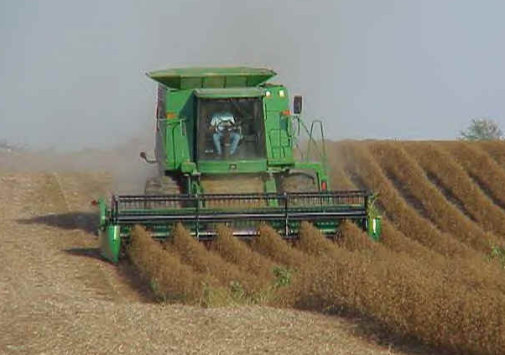Fall harvest was moving along in Oklahoma despite the rainfall. Much of the state received measurable rainfall last week, with the highest recorded at 2.35 inches in the South Central district. Other districts received less than 2 inches in precipitation. Corn harvest reached competition on Sunday. Sorghum harvest was at 92 percent by week’s end, 3 points ahead of normal. Soybeans reached 85 percent complete, peanut harvest reached 91 percent and cotton harvest jumped 13 points from the previous week to 56 percent harvested, but was 12 points behind normal. Winter wheat seeding reached completion across the state Sunday. The winter wheat crop rated six percent in excellent condition, 48 in good, 35 in fair and 11 percent in poor to very poor. Some operators in the southeast district began grazing cattle on small grains.

Weather conditions affected harvested activities in much of the Texas. Rainfall was heaviest in east and central with some areas reporting over five inches or more. Many northern and central areas of the state experienced snowfall and freezing temperatures. The latest US Department of Agriculture crop progress report had corn harvest mostly wrapped up, peanuts were 94 percent harvested, sorghum harvest was 84 percent complete, soybeans were at 81 percent and cotton was at 57 percent. Winter wheat seeding was nearing competition with 92 percent of the crop planted and 82 percent of the crop emerged.
Harvest continued last week across Kansas of the remaining row crops. USDA reported sorghum harvest was 90 percent complete and soybeans were 96 percent harvested, both in line with averages. Cotton harvest reached 46 percent complete, behind 53 last year and 60 average. The winter wheat crop rated six percent in excellent condition, 55 good, 35 fair, four percent in poor condition and none rated in very poor condition.
Click here to see more...